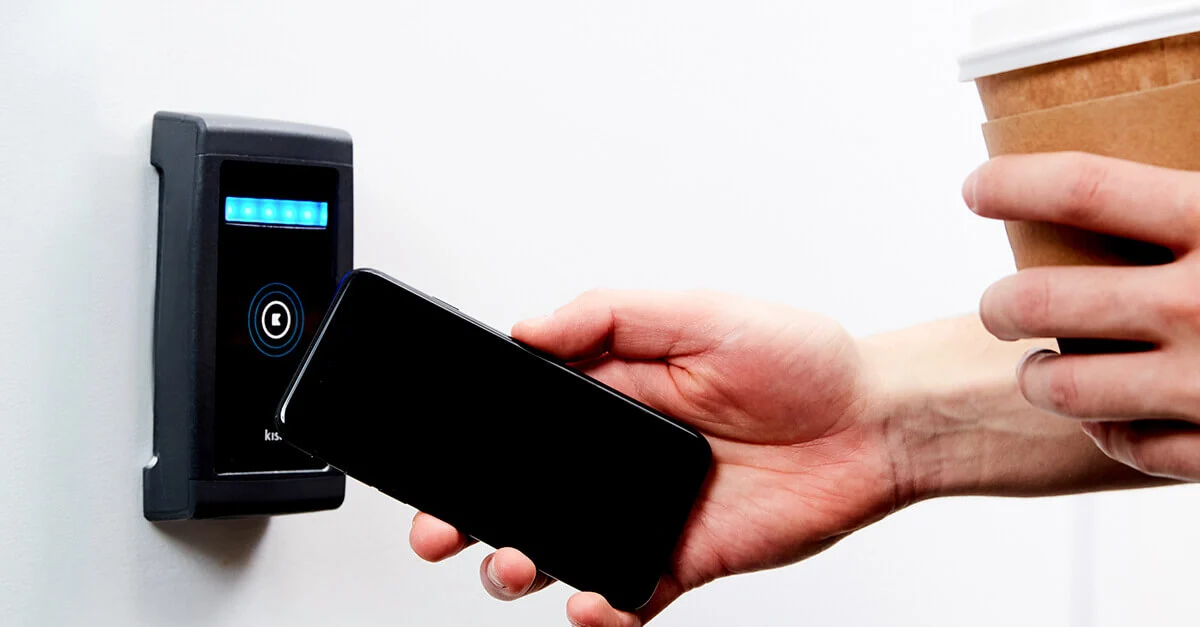According to The Insight Partners’ research, the mobile access control platform market was valued at US$ 122.14 million in 2019 and is anticipated to reach US$ 782.01 million by 2027 to expand at a stellar annual growth rate of 27.1% from 2020 to 2027. Increasing penetration of smartphones and wearables, and rising demand for connected security systems are the crucial factors proliferating the market.
The technological advancement in smartphones and wearables has surged the demand for these devices across developed and developing economies. The rising adoption of smartphones and wearables is stimulating the growth of allied electronics that allow users to remotely access their devices via several mobile apps. Key market players are introducing advanced locks that can be accessed via smartphones anytime anywhere. For an instance, in January 2020, Netatmo (a French company) launched a cylinder door lock, remotely accessible by a smartphone.
Internet of Things (IoT) technology is propelling rapidly and is projected to comprise 18 billion connected devices worldwide. It offers a broad spectrum of applications with numerous requirements and capabilities. Several manufacturers have embraced IoT to provide secure access systems to the customers. A number of companies are incorporating this technology in the overall smart home security ecosystem. Smart locks are enabled with IoT-based sensors that allows remote access through smartphones. The security alert notifications are sent to the users when the door is shut, open, or in case of unexpected entries. The US and Japan have heavily invested in the R&D activities of IoT technology. All these aforementioned parameters bolster the global mobile access control platform market.
On the contrary, the sluggish adoption rate of the technology in underdeveloped and developing economies impede the growth of global mobile access control platform market.
Based on technology, the mobile access control platform market sphere is split into NFC (near field communication) and Bluetooth. With 68.5% market share, the Bluetooth segment led the domain in 2019. It amassed US$ 83.63 million in 2019 and is slated to accrue US$ 564.89 million by 2027 to rise at 27.9% CAGR during 2020–2027.
According to the application, the global mobile access control platform market is segmented into commercial, automotive, and others. The commercial segment is further sub-segmented into offices and others. It captured 68.0% market share in 2019, garnering US$ 76.27 million. It is speculated to generate US$ 414.87 million by 2027 to grow at 24.5% CAGR throughout the forecast period.
From the regional point of reference, it has been observed that North America occupied 40.5% share of the domain in 2019, accounting for US$ 49.44 million. It is forecasted to be worth US$ 297.16 million by 2027 to surge at 26.1% CAGR over the forecast period. The Asia Pacific market was valued at US$ 30.66 million in 2019 and is likely to hit US$ 218.10 million by 2027 to register the highest CAGR of 28.8%.
The prominent players in the global mobile access control platform market are Kisi Inc; BlueID; Yptokey; Nokē, Inc; Proxy Inc; Unikey Technologies Inc; Openpath, Inc; Remotelock; Salto System; and Brivo Systems LLC, among others.
· In July 2020, Kisi Inc introduced universal camera connector and incorporated Cisco Meraki’s MV camera combination. In August 2020, the company launched Safe Workspace, a product made on Kisi infrastructure for improved control and safety.
· In December 2019, BlueID introduced BlueID onTouch, world’s fastest ‘touch-to-open’ smartphone-triggered access control for high-foot-traffic locations with high security.
· In June 2018, Yptokey introduced a software solution for digital keys and authorization systems. The technology allows users to lock and unlock the mobile phones.
In December 2018, Nokē Inc acquired Janus International. The acquisition boosted the development of Noke’s entire line of commercial smart locking solutions.


